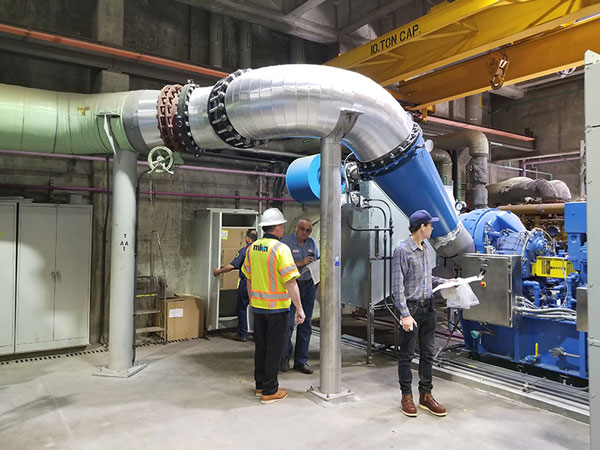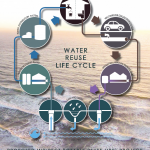
Behind every successful public works construction project, there’s bound to be a good Construction Manager (CM) – and I’m not just saying that because I’m a CM. No, public works construction specifically, and construction management in general, can often be difficult and contentious due to the nature of the laws that govern it.
The Process Begins
Until recently, nearly all public works construction was accomplished by using the design-bid-build (DBB) method. The organization/entity would first hire a designer to do a complete design of the project. Then, the project would be put out to bid. Any qualified bidder could bid on the project, and the contract would be awarded to the lowest bidder – with little or no consideration paid to factors such as the contractor’s work history or the quality of his work.
A newer Design Build (DB) method puts the designer and the builder on the same team – with more opportunity to award projects to bidders that might be a better fit, even if they aren’t the lowest price. Recent changes to state law have resulted in more projects being done this way, but DBB is still the method used for most public works projects.
Working with a Low-Bid Contractor
The role of the CM is to act as the hub of the wheel, bringing each party (owner, designer, contractor) together to ensure the project is successfully completed on time and within budget, without sacrificing quality.
Each party has their own concerns: the owner wants to keep costs to a minimum, finish on time, and receive a quality project. The designer wants to see his plan implemented with as few changes or change orders as possible – especially considering that the designer may be liable to share costs with the owner if changes are necessary to fix any design errors. The contractor, for his part, wants to build the project as quickly and for as little money as possible, in order to maximize his profit.
One of my main tasks as CM is to mediate, organize, and unite these parties despite their (at times) conflicting goals and priorities.
The Key Elements
Construction management is all about handling the four main components of construction: time, information, cost, and quality. Nearly everything the CM does falls under one of these four categories.
Time: The CM oversees the submission of the project schedule, the monthly updating of the project schedule, and any adjustments or changes to the project schedule throughout the build. Projects can be delayed by changes in conditions, project plans, weather, supplies, slow production, etc.
Information: There is a tremendous amount of information that flows between the owner, the designer, and the contractor throughout the project. The CM acts as the information hub, making sure material submittals, requests for information, and project correspondence are accurately and efficiently directed to the appropriate party.
Cost: The CM reviews the progress of the work and makes recommendations to the owner regarding the contractor’s monthly requests for payment. The CM also manages the change order process by reviewing the contractor’s change order requests and making recommendations to the owner as to the validity of the requests. The CM can help keep change order costs down by taking a proactive role in managing problems as they come up, looking for creative solutions and coordinating team members to minimize additional costs wherever possible.
Quality: It is also the CM’s job to implement a quality assurance program. The contractor is responsible for the quality control of his own work, but the CM’s quality assurance program covers the implementation of engineer and inspection procedures, ensuring the contractor’s quality control program is robust and effective, and that the completed work conforms to the requirements of the plans and specifications.
Why I Do It
Though construction management is clearly a lot of work, I personally enjoy the team building and development of relationships with owners, designers, and contractors while we work to solve problems. I love seeing how the completed project improves the community and environment, many times preserving and reusing our most important natural resource: water.
If I had to pick a single favorite aspect of my career thus far, I’d say helping California communities reduce their reliance on imported water by building advanced water treatment plants that maximize the use of our existing resources would top the list!

Peter Brennan


